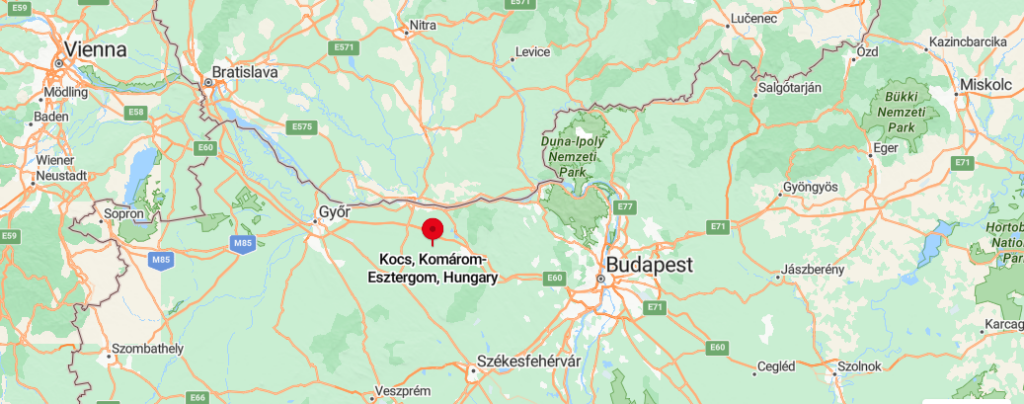Did you know that this trendy word ‘coaching’ is of Hungarian origin? In the 16th century, the Hungarian village of Kocsi was world-famous for producing exceptionally fast carriages, which were known as “kocsis”. It was then translated into German (kotsche), French (coche). Dutch (koets) and English (coach, which is until today a name for long distance buses: coaches).

Kocs on Bing Maps
As this famous Hungarian coach got you from A to B much faster, the term ‘coach’ began to be used in the 18th century in English in the educational system, to describe a learning assistant who could help students to achieve their goals much faster, such as passing exams. From the 20th century onwards, coaching has become a real, fast-growing service industry.
Let’s start with what it’s NOT: a coach is not a trainer or an expert who gives advice on how to change your life.
It is you, and you alone, who has the power to transform your thoughts and emotions, and therefore your life. A coach’s role is to accompany you on your change journey and asking the right questions to speed up the process. In other words, a coach helps you to find your own solutions. Why is this important to find your own solutions? Because what you discover will be truly yours, making it more likely that you will implement the goals and plans you have made.
So, what happens during a coaching session?
In a nutshell: the coachee presents a problem, the coach asks questions, the coachee answers them and finds the solutions.
It is important that coaching is always a non-judgmental, supportive process with the goal being for you to be your authentic self and become the best version of yourself.
A coaching session may seem like chatting, but it is more than that! It’s a dialogue in which you gain insights, draw conclusions and decide how and what you want to do differently in the future.
Warning! Since the coach’s role is to help you understand yourself better and more deeply, this is a journey of self-discovery – just like engaging with the ME MAP books:
Click here to learn about them or click to buy the book on Amazon
In doing so, you may find things you don’t like at first, things you need to think about further, or maybe you discover that you need to revisit your problem statement.




